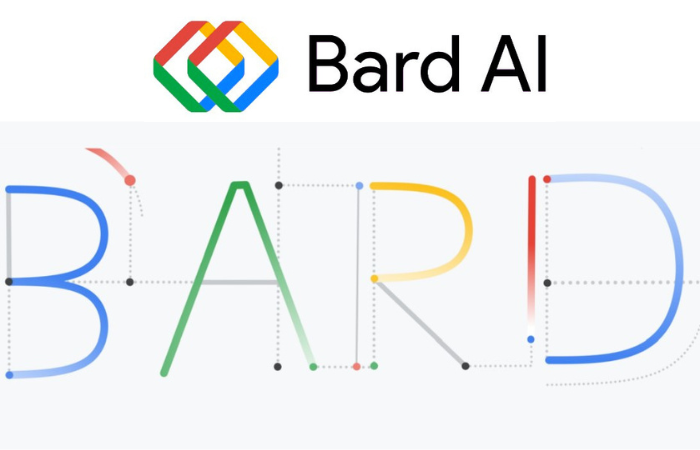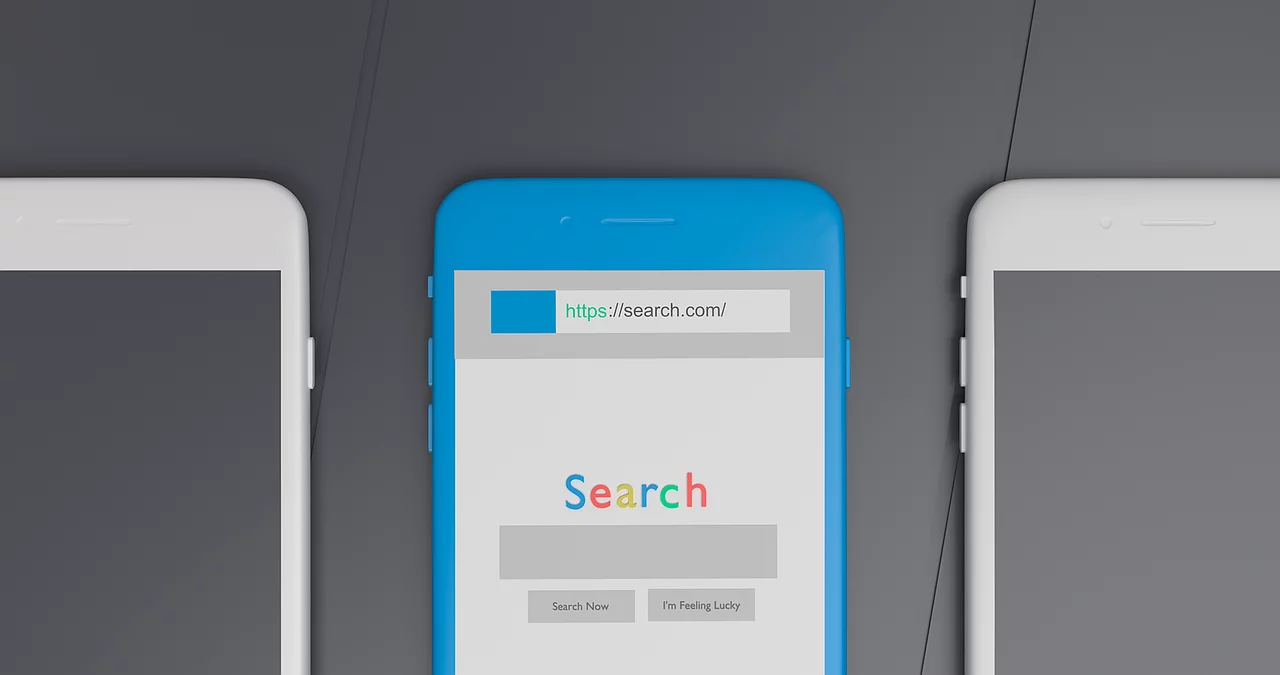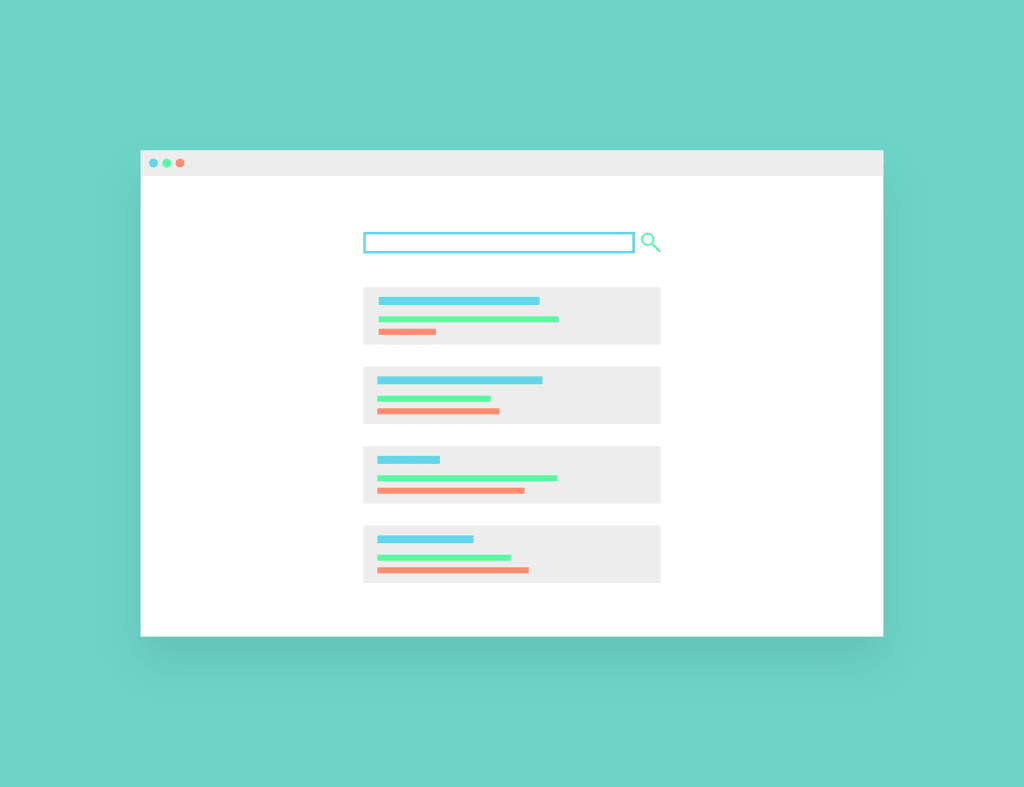
What is Google Bard?
Google Bard is an AI tool that works on Large Language Models (LLM).
Additionally, Google Bard’s AI technology is designed to understand the context and tone of the content it generates.
Google Bard also offers a user-friendly interface that makes it easy for businesses to use the tool to receive text-based answers and content. The platform is easy to use and has options so businesses can make their content fit their needs.
Why was Google Bard released?
Google made Bard compete with ChatGPT, which was becoming famous for its ability to make human-like text. Google Bard helps businesses make a great website and social media content fast and correctly.
It’s a tool that provides professional and reliable content.
One of the main advantages of Google Bard over ChatGPT is its ability to generate content in multiple languages.
This is great for businesses in many places that need to speak to people in different languages. Google Bard can generate Spanish, French, German, Italian, and Portuguese content.
This means it can create content relevant to the topic at hand and matches the tone of the brand or business.
It can create content easier for businesses without sacrificing quality or professionalism.
How Does Google Bard Work?
Google Bard is a text generation model developed by Google researchers. It uses a tool called LaMDA(Language Model For Dialogue Applications) for creative writing.
LaMDA was trained on a massive text dataset, including books, articles, and other written material.
One of the unique features of Google Bard is its ability to generate poetry in a specific style or genre. Google created a computer program that can write poems like famous poets, and they explain how they did it in a research paper.
“We taught a computer program to write four types of poetry: traditional, free-form, rhyming, and haikus. The program is good at writing in these styles, and can even write like famous poets such as Shakespeare or Emily Dickinson.”
Google Bard also can generate text that responds to user input. For example, if a user inputs a prompt such as “Write a poem about a pet,” the model will generate a poem on that topic.
This feature is suitable for chatbots or virtual assistants. It helps them make responses to what users ask.
In a blog post on Google’s AI blog, Google researchers explain how they trained LaMDA to generate text that responds to user input:
“To train LaMDA, we used a technique called supervised learning. We fed the model a large text dataset and trained it to predict the next word or phrase based on the context of the previous text. This allows the model to generate readable and relevant text to the input prompt.”
Overall, Google Bard is a powerful tool for generating creative writing and responding to user input.
As Google researchers note in their research paper on LaMDA:
“LaMDA is a tool that can create different types of writing, like chatbots and virtual assistants.”
Bard Uses Large Language Models
Bard specializes in Natural Language Processing(NLP) and Artificial Intelligence. One of the critical tools Bard uses in their work is Large Language Models or LLMs.
LLMs are computer programs that help computers understand and use human language. They are helpful for many things.
The basic premise behind LLMs is that they use massive amounts of data to learn patterns in language. This data can come from various sources, including books, articles, and social media posts.
LLMs can learn patterns in data and create new text that sounds like a human wrote it.
One of the critical advantages of LLMs is their versatility. They can be used for various applications, including chatbots, language translation, and content creation.
Bard, for example, uses LLMs to generate high-quality content for their clients. When you give the computer information, it can make compelling and well-written articles about a topic.
Another advantage of LLMs is their ability to improve over time. Because they learn from the data given, LLMs can become more accurate and effective as they are used.
The more information the algorithm gets, the better it can create a good language for a particular audience or reason.
Of course, there are also some potential disadvantages to using LLMs. One concern is that they may be biased in the data they are trained on.
Extensive computer programs that understand and use language well are helpful for computers that think like humans.
LLMs will become even more important in various industries and applications as they continue to improve and evolve.
Google’s Planning to Use Bard in Search
Google has been working on a new search feature that could revolutionize how users search for information online.
Google may integrate Bard into its search engine, making it easier for people to ask more complicated questions when searching for things.
Bard uses innovative technology that can understand and interpret what you say. This helps you get better search results when you ask questions.
Bard can help you find better search results by letting you ask specific questions and filtering out irrelevant information.
Bard makes searching better by giving more accurate results and allowing users to ask more questions for better answers. This makes search engine results feel more like a real conversation.
Google’s new technology, Bard, could improve search accuracy and provide more helpful information using AI and language processing.
How to Get Access to Google Bard?
Currently, Bard is in experimental mode. Visit the official site for Bard here. It is currently not rolled out for all countries.
If you cannot access Bard right now, then be patient. It might be accessible when it is released for other regions.
More Resources:
Google LaMDA: Why Does Google Believe It’s Sentient?
What is ChatGPT and How to Use it?

Vijay Kumar is a digital marketing expert and founder of TechZant.
He is passionate about helping businesses grow their online presence through SEO and data-driven strategies.



